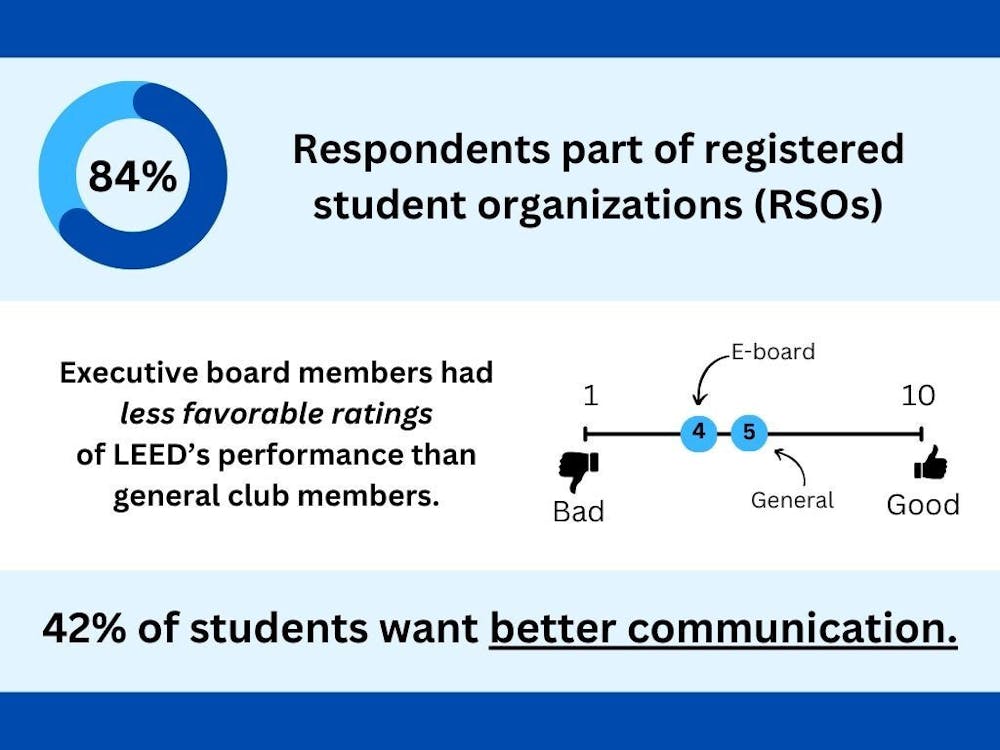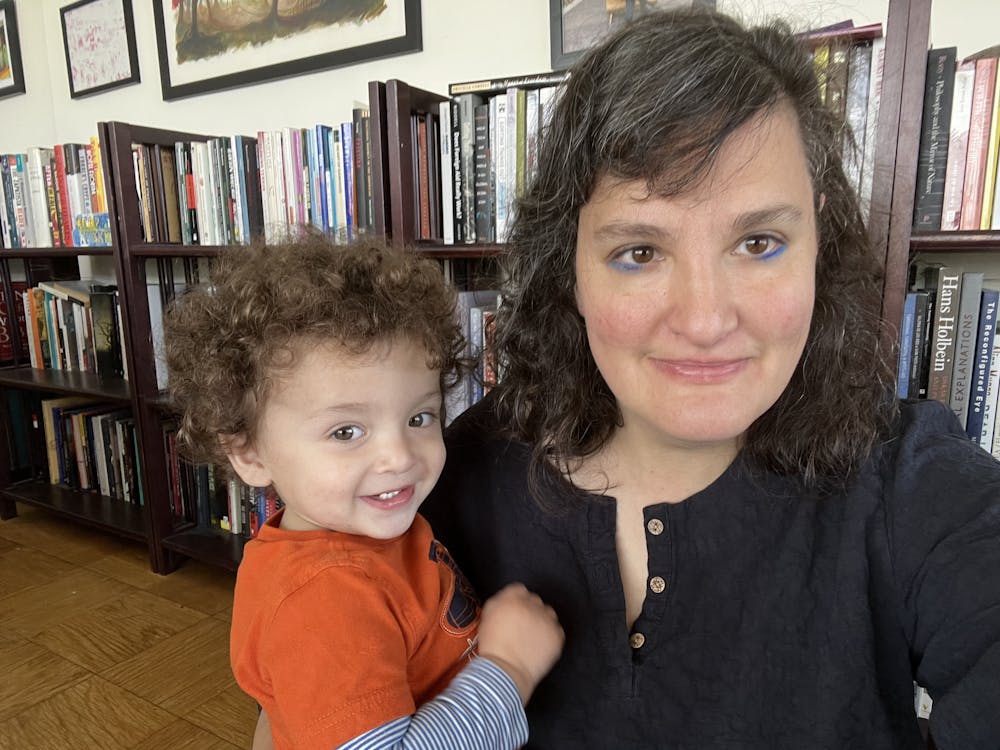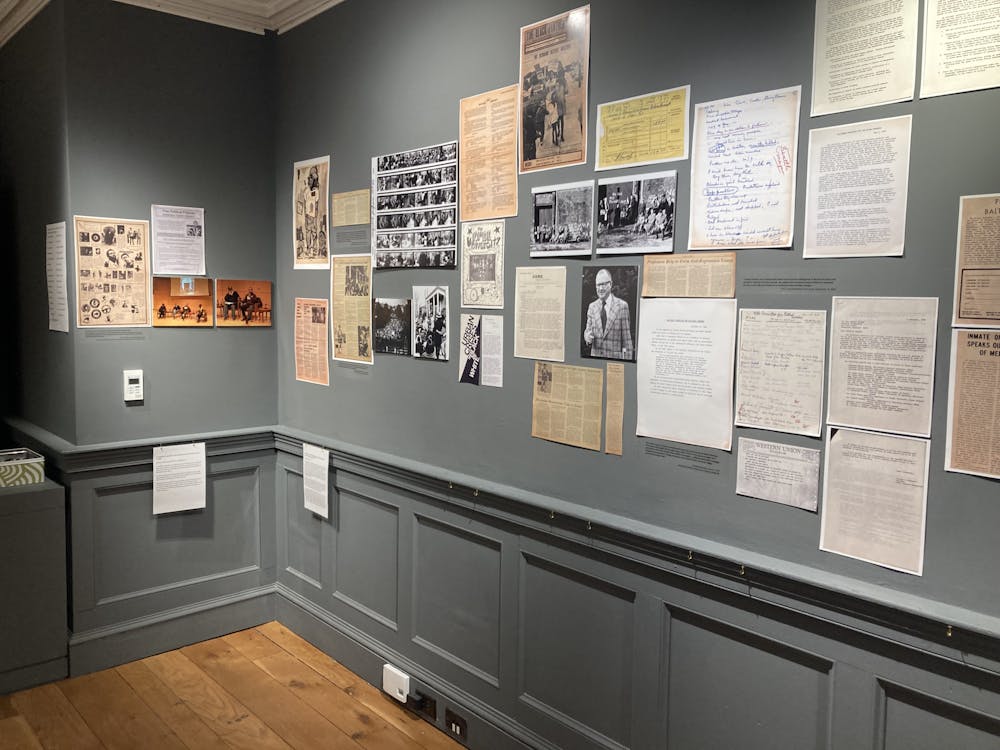The University will be launching an initiative to evaluate all aspects of student housing, both on and off campus, as well as the impact of the Office of Residential Life on the student experience.
The University is currently working to expand housing options with a new apartment building at 2300 St. Paul Street, formerly known as the Olmsted lot. The building is scheduled to open in 2016, in time for current freshmen to move in during their junior year.
The apartments will be sold on the open market and will not be considered on-campus housing. However, according to Carol Mohr, the associate dean of Housing, Residential Life and Dining, they will be designed to accommodate upperclassmen.
“The largest initiative is the building being constructed by a private developer on the corner of St. Paul and 33rd Streets. It has been designed with Hopkins upperclassmen in mind. The apartments, primarily 4 bedroom units, are in a building where there will be ample common space, convenient retail and parking,” Mohr wrote in an email to The News-Letter.
Mohr wrote that the University wants to let students have a choice in their housing options.
With the exceptions of renovations to Wolman Hall and the acquisition of Hopkins Inn, freshman housing options have remained static for several years. Recent updates to sophomore housing include renovations in McCoy Hall and the construction of Charles Commons in 2006.
According to Mohr, the University is also working to make improvements in existing residential buildings.
“We have been renovating bathrooms and kitchens in all of our buildings over the past several years and we are on our final building, the Homewood, this year. We’ll be starting on the 6th floor this summer and the other residential floors will follow (5, 4 and 3),” Mohr wrote. “We have also replaced student room furniture in McCoy and half of Wolman Hall; the second half of Wolman will be replaced this summer. A less exciting but necessary improvement will be the replacement of the McCoy roof this summer.”
Mohr also wrote that her office plans to continue working to advance student life in general.
“We continue to work with Bon Appétit to ensure Hopkins students have one of the best food programs available,” Mohr wrote. “Also, we have embarked on a strategic planning process to examine options for programmatic and physical changes that will enhance all aspects of undergraduate students’ residential and campus life, whether they live on campus or off campus.”
Other colleges that are similar to Hopkins address housing in different ways.
At Princeton University, students are placed in a random residential college and remain affiliated with it for their entire undergraduate careers, even if they choose to live in a non-residential college upperclassman dorm. According to Princeton’s website, 98 percent of undergraduates live on campus. However, juniors and seniors can live off campus, even though rent is high and apartments are scarce.
Princeton freshman Terry Rossi said he was satisfied with the housing system at Princeton and praised the many options available.
“I’m mostly satisfied with my housing. The location is very good, and all the housing options are very livable,” Rossi said. “My only complaint is lack of AC, no sink in my room and the location of the bathrooms in the basement.”
Rossi stated that over the next three years, he can only move into nicer dorm rooms.
“I am excited for next year. I currently live in the oldest and worst building in my residential college, so there’s nowhere to go but up. Next year, I’ll almost definitely have a sink, AC, newer facilities and more access to college amenities like our convenience store and common spaces,” Rossi said.
Princeton employs a lottery system for all sophomores and upperclassmen, enabling students to choose the specific rooms they want, but the lottery number depends on the size of the group of students who enter together.
“Our lottery system works as follows: we join a draw group with students we intend to live with or near. The more people in your group, the more likely you are to have a better draw time. Based on your group, you are assigned a short window for the members of the group to select a room,” Rossi said.
There are no Greek life-affiliated housing options at Princeton.
At George Washington University (GW) in Washington, D.C., there are two campuses where freshmen can be placed, Foggy Bottom and Mount Vernon. Students are placed randomly into each hall, although some students do get priority housing.
“Our system is random, but with preferences. Some people like ED [Early Decision] freshmen and recruited sports kids get first crack,” Paige Davis, a freshman at GW, said.
GW also employs a lottery system for sophomore housing.
“I’m very excited. You put your preferences in order along with your roommates’ ID numbers,” Davis said.
Greek life housing is available at GW, and many students in Greek life choose it as an option, according to Davis.
Nikita Singh, a junior at Hopkins who has lived in AMR II, Charles Commons and now a row home, expressed the positives and negatives of her own experiences in the housing system.
“AMR II was perfect for the community it created. This made the lack of community in Charles Commons all the more apparent. However, my favorite now is living in the row house because of the independence,” Singh said.
















Please note All comments are eligible for publication in The News-Letter.